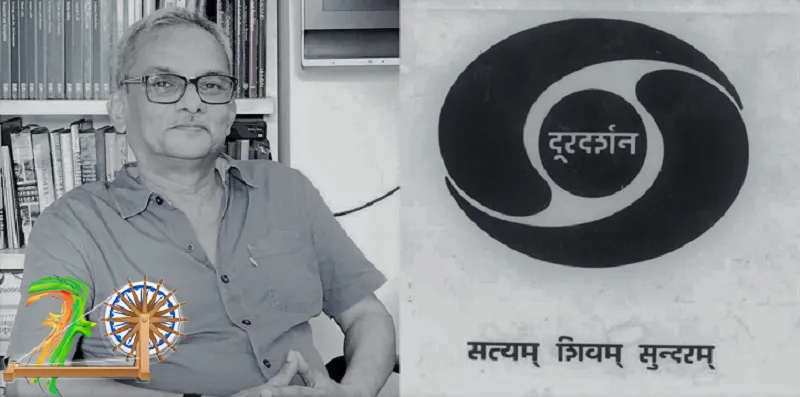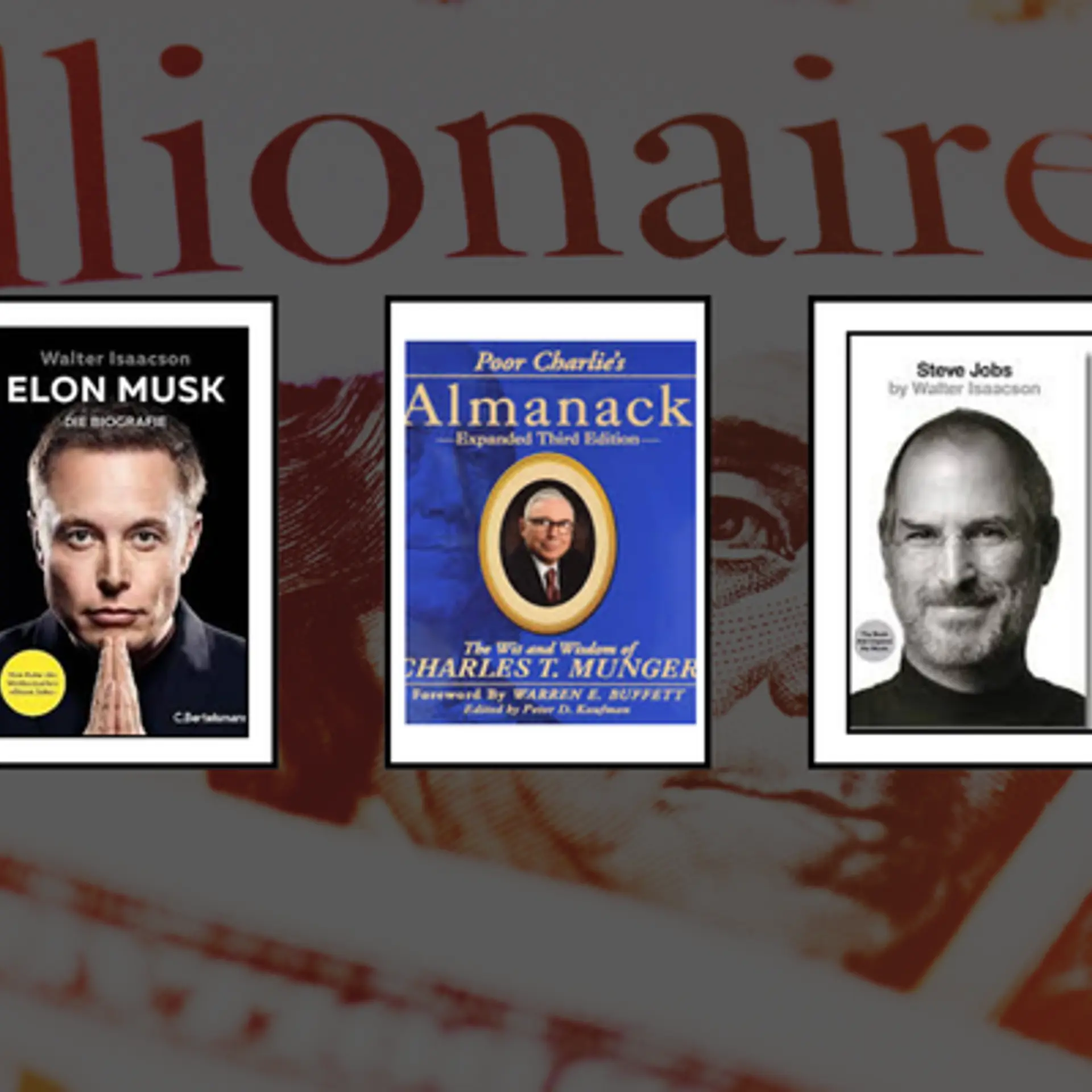The story behind the iconic Doordarshan logo which may become history soon
Doordarshan, India’s public service broadcaster was launched in New Delhi on September 15, 1959, as part of Prasar Bharti (the public service broadcaster of the country). What started as an experimental telecast with the help of a small transmitter and a makeshift studio grew to become one of India's largest broadcasting organisations.

It was only in 1965 that Doordarshan began regular daily transmissions as a part of All India Radio. The television service extended to Mumbai and Amritsar in 1972, and to seven other states only in 1975. The tune and the logo of the channel have had a connection with the audience ever since its inception, says a Livemint report.
The iconic symbol will soon be retired to be replaced by one that connects to a new, younger audience. It’s time to walk down the memory lane and understand where it all began.
Devashis Bhattacharyya, an alumnus of the National Institute of Design, is the man behind much-loved ‘DD eye’. He along with eight of his friends at NID were working on a government project in Ahmedabad, when Doordarshan moved out of being a subset of All India Radio (AIR).
He designed the two curves, depicting the 'yin and yang' and it ended up being one of the 14 stories that were submitted to his teacher, Vikas Satwalekar. The then Prime Minister Indira Gandhi chose this over other designs, says a Hindustan Times report.
I was just satisfied with matching expectations, says Bhattacharyya
Though the design was upgraded throughout the 80s and 90s, students from NID were again asked to spearhead the same. Another NID alumnus, RL Mistry worked on the animation for the original symbol. He made copies and then shot them under a camera, rotating them till they reached a final form which was eventually called the 'DD eye'.
"I don’t think it was meant to be an eye, it just happens to look like one. The eye alone doesn’t make sense. You don’t just see, you also hear television… the interlocking of the curves and the space between them, it’s about getting information and transmitting it - that’s what a news channel does, isn’t it?" says Satwalekar
The trademark Doordarshan tune was composed by Pandit Ravi Shankar with Ustad Ali Ahmed Hussain Khan and telecast on April 1, 1976, for the first time.
The channel which was available only in seven Indian cities up till 1975, opened up for a wider audience. Bhattacharyya further adds:
You can’t make a Brogue and say it’s for villagers. A symbol means different things in different cultures and India has a wide variety of cultures. So the DD symbol had to be such that, reduced to its simplest elements, it would not have idiosyncrasies of meaning. An eye means the same thing to the south as to the north-east. The symbol also had to prepare the audience for an experience before it had arrived.
Do you have an interesting story to share? Please write to us at [email protected]. To stay updated with more positive news, please connect with us on Facebook and Twitter.







